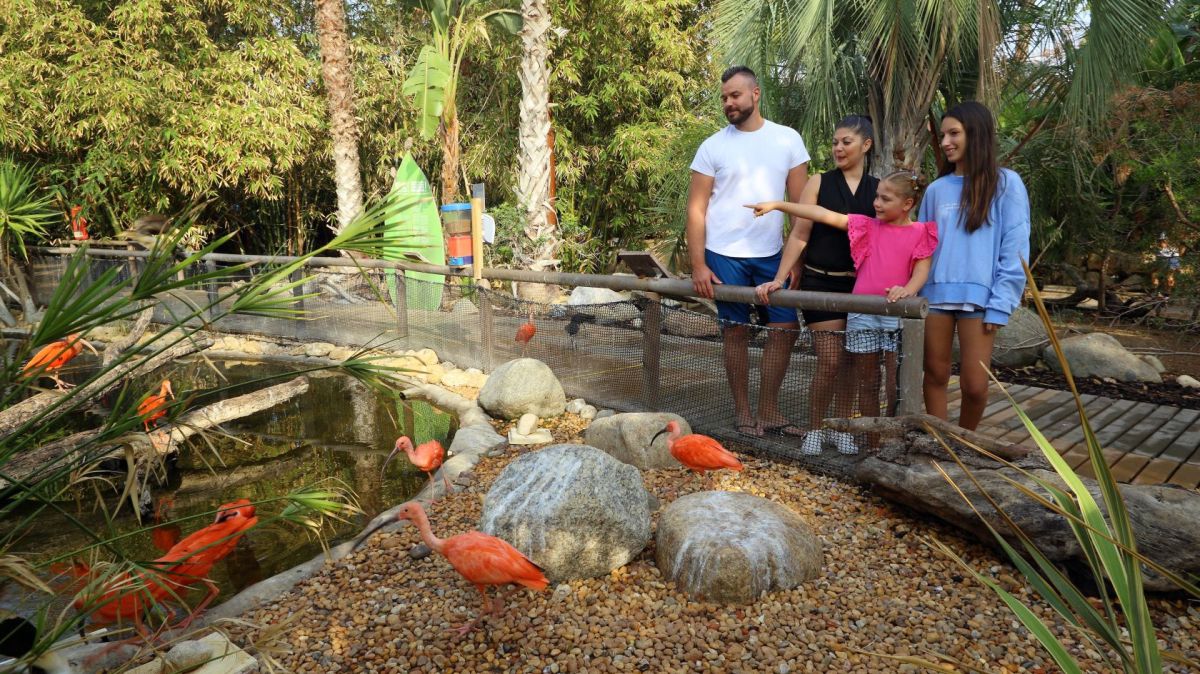“The possibility of exporting our lemons to Brazil was resolved because a decree was published, so that the phytosanitary conditions for importing lemons from Portugal were resolved”, guaranteed José Manuel Fernandes.
Now, “it is time to start the processes towards this objective”, added the Minister of Agriculture and Fisheries.
“There was no definition of the standards of conditions in terms of phytosanitary conditions and there were no such conditions. Now the conditions for the possibility of exports and the rules have been defined, therefore, another obstacle has been removed”, he added.
The unblocking was resolved during the XIV Luso-Brazilian Summit, which took place in Brazil on February 19 and 20 and which the Minister of Agriculture and Fisheries was present at.
The ordinance, to which the Lusa agency had access, is dated February 20, and defines the phytosanitary requirements for the import of fresh lemon fruits from Portugal.
“[Lemon] is a product sought after by Brazil and where we currently have production, where this market expects it to be highly favourable for us,” argued José Manuel Fernandes.
According to the ordinance, the shipment of lemons to Brazil must be accompanied by a phytosanitary certificate issued by the National Plant Protection Organization (NPPO) of Portugal, with an additional declaration confirming the absence of pests and diseases, the list of which is included in the published ordinance.
“Shipments are subject to inspection at the point of entry (Phytosanitary Inspection - IF), as well as the collection of samples for phytosanitary analysis in official laboratories or laboratories accredited by the Ministry of Agriculture and Livestock”, the ordinance also states.
The document also states that, “in the case of interception of a quarantine pest or a pest that presents quarantine potential for Brazil, the shipment will be destroyed or rejected”.
Should this happen, Portugal’s NPPO will be notified and the Brazilian counterpart may “suspend imports of fresh lemon fruits pending review of the corresponding Pest Risk Analysis.”














